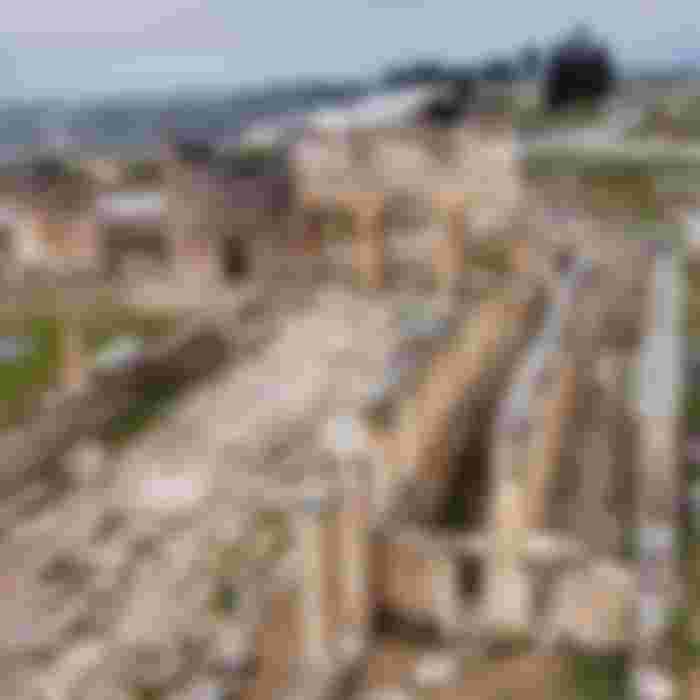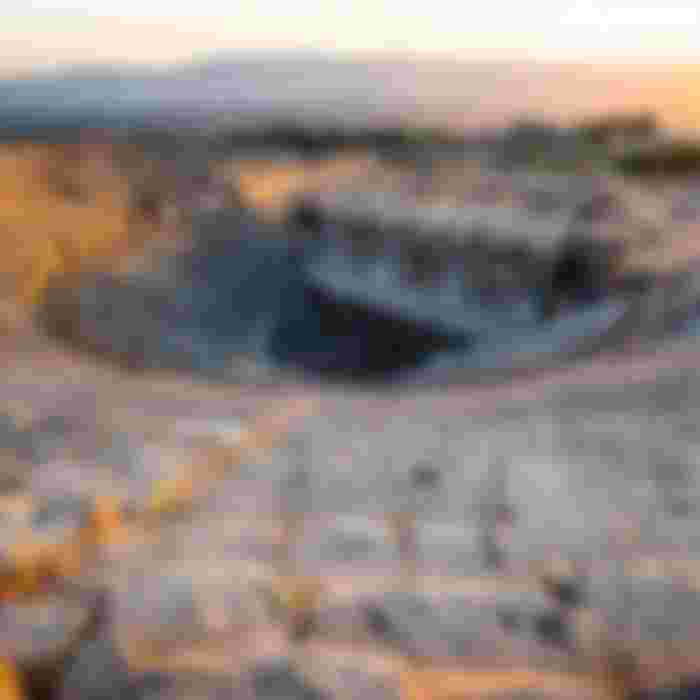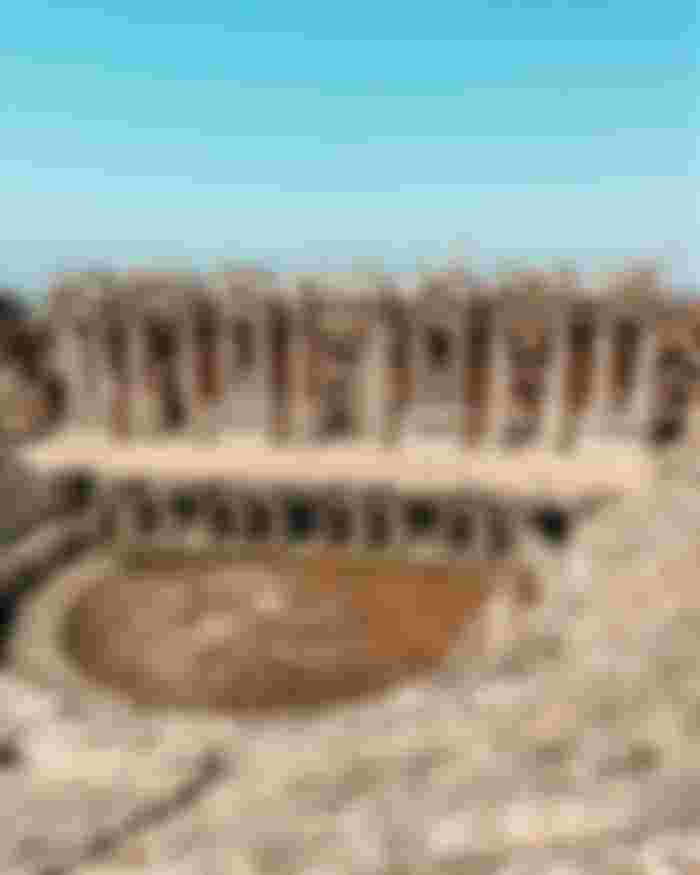pamukkale travertines and the ancient city of hierapolis
The Ancient City of Hierapolis and Pamukkale Travertines, which have been on the UNESCO World Heritage List since 1988, have been defined by various civilizations for centuries as a center of healing and beauty with its waters that are said to be good for various ailments. If you want to visit the ancient city and travertines, 1 day may be insufficient. You can enter the area, which has 3 entrances, from the north and south gates that enter the ancient city, or from the gate that leads directly to the travertines.

The ancient city of Hierapolis is integrated with Pamukkale travertines and is located just above the travertines. The ancient city of Hierapolis, which means "Holy City", bath structures, Hz. The tomb of St. Phillippus, one of the 12 apostles of Jesus, its necropolis, gymnasium, the largest agora of the period, the ancient theater and baths where you will witness a magnificent view are waiting to be discovered. You can also explore Plutonium (Hell's Gate), one of the original sources of thermal waters, which was found in 2013, considered the "gateway to the land of the dead" in the ancient world, and which enabled the formation of Pamukkale travertine pools.

The necropolis of the city is quite large and various tomb structures can be seen. In the necropolis of this city in Denizli, the center of the textile industry, the Greek inscription in detail (1st century AD) on the Mausoleum of the Merchant Flavia Zeuxis transported the weaving products (carpets, rugs, fabrics, etc.) produced in Hierapolis to the Port of Ephesus. and that the products were shipped to the countries of the Mediterranean basin by ships. This inscription can be visited as an interesting example of how old the textile culture in Denizli is.

One of the first buildings that come to mind when Hierapolis is mentioned is the Greek theater type, the magnificent Ancient Theatre, consisting of 300 feet leaning on the hillside. Figure reliefs are seen on the stage of the theatre.

Another precious feature that distinguishes Hierapolis from other ancient cities is the Ancient Pool, in which Cleopatra is said to have swam. In the pool, you can enjoy swimming among ancient ruins in the waters at 38 degrees in summer and winter.

Pamukkale travertines are located on the slope of the ancient city. It owes its white appearance to the waters containing calcium oxide coming from the southern skirts of Çaldağı. The waters, which have a temperature of 38 degrees in summer and winter, invite millions of tourists from various countries to walk in the travertines every season with their unique turquoise pools. However, do not forget to come with a bag where you can put your shoes, as it is forbidden to walk with your shoes on the travertines.

You can also find the opportunity to watch Pamukkale travertines from a different angle from the "Big Çukur" located just below the Pamukkale travertines.







